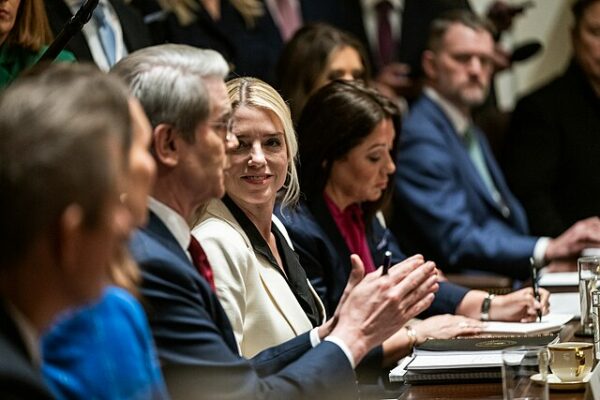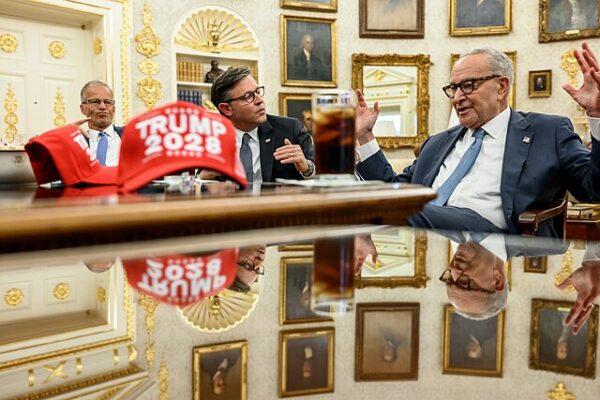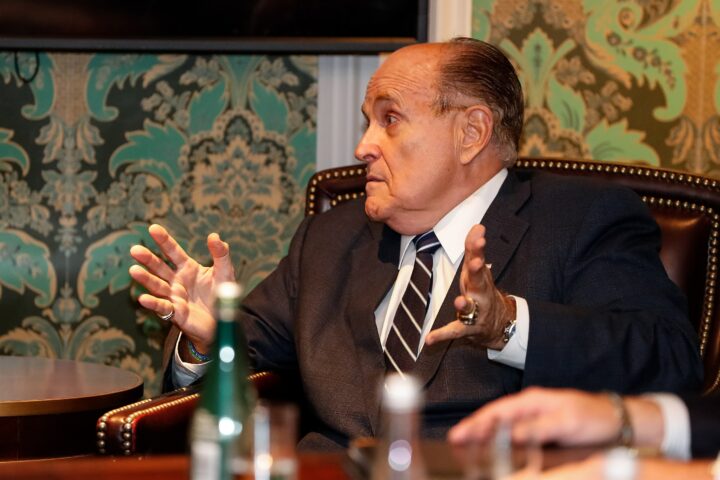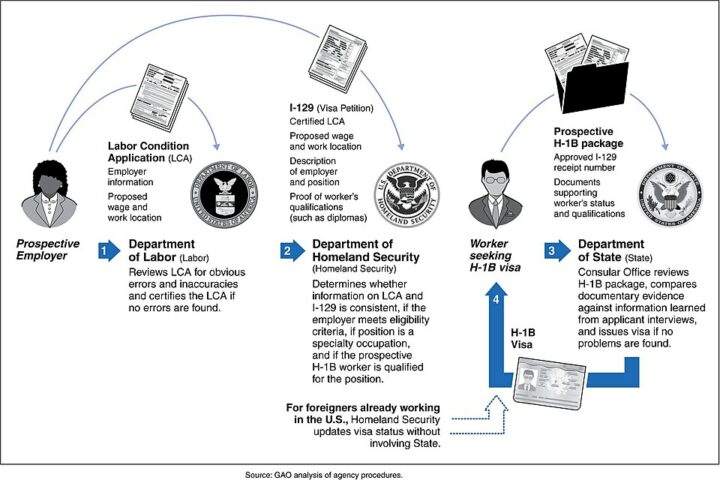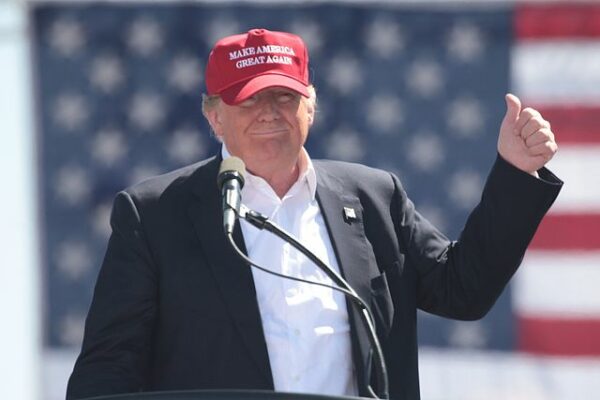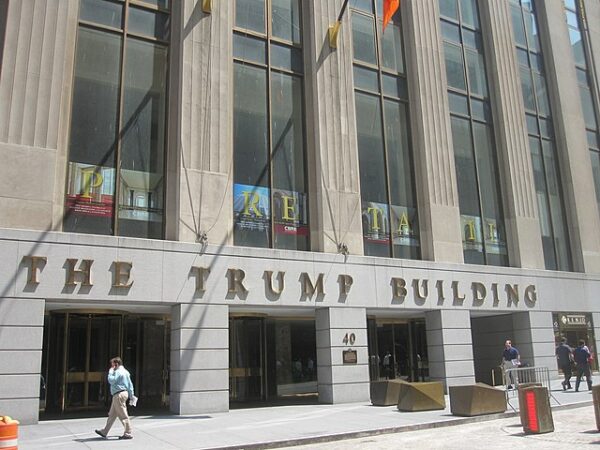President Donald Trump is proposing a dramatic new twist in his trade-driven economic strategy: sending Americans direct cash payments funded by tariff revenues. The idea—announced Sunday on Truth Social—comes on the heels of Republican losses in key state elections and appears aimed at reframing his protectionist policies as populist financial relief.
Trump described the initiative as a “tariff dividend” that would pay “at least $2,000 a person (not including high income people!)” from the government’s trade war windfall. He argued the plan would turn tariffs from a geopolitical tool into a direct benefit for U.S. households, saying the duties “protect our workers, strengthen America, and now—pay Americans back.”
The proposal echoes Trump’s previous flirtation with stimulus-style payouts promoted by Elon Musk’s short-lived Department of Government Efficiency, but its feasibility remains in doubt. Economists quickly flagged glaring fiscal gaps and political obstacles.
“The numbers just don’t check out,” said Erica York, vice president of federal tax policy at the Tax Foundation. told The Associated Press. “You can’t fund a multi-hundred-billion-dollar giveaway with a fraction of that in tariff revenue.”
Tariff receipts have surged under Trump’s second term, totaling $195 billion in fiscal 2025—a 153 percent increase from the previous year—but still represent less than 4 percent of overall federal income. With the U.S. deficit at $1.8 trillion, experts estimate that sending $2,000 to every American adult and child would cost roughly $600 billion—double or triple the total expected tariff take.
Trump’s Treasury Secretary, Scott Bessent, appeared blindsided by the announcement. Speaking on ABC’s This Week, he said he had not discussed the proposal with the president and hinted that any “rebate” might instead appear as tax reductions. “It might not mean Americans get a check,” Bessent said. “It could come in the form of tax relief.”
Treasury Sec. Scott Bessent says Trump's $2000 dividend might not be a check:
"The $2,000 divided could come in lots of forms. It could be just the tax decreases that we are seeing." https://t.co/y6Dna1Y9HX pic.twitter.com/n63cSU1AzD
— The American Conservative (@amconmag) November 9, 2025
Beyond the arithmetic, the plan faces formidable legal and procedural hurdles. Congress would have to authorize any mass distribution of tariff funds, and the Supreme Court is currently reviewing the scope of Trump’s authority to impose unilateral trade levies. Several justices voiced skepticism last week over the administration’s reliance on emergency powers to bypass congressional consent.
If the Court curtails that authority, Trump’s tariff framework—and any linked dividend program—could unravel, potentially forcing the government to reimburse importers rather than distribute windfalls to citizens.
Critics also warn that tariffs function as indirect taxes on consumers, since importers typically pass higher costs along to buyers. “If the goal is relief for Americans, just get rid of the tariffs,” York said.
Despite the skepticism, Trump’s post-election pivot underscores his instinct for populist recalibration. The “tariff dividend” proposal—equal parts economic gambit and political message—positions him once again as the champion of a working-class base that has grown restless amid inflation, deficits, and global trade friction.
Whether Congress or the courts allow it to move forward remains another matter entirely.

